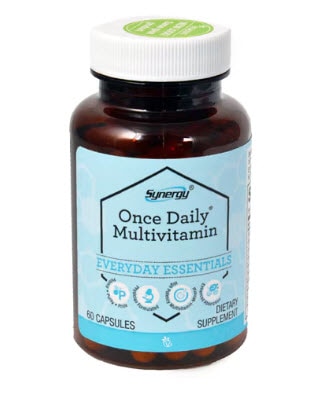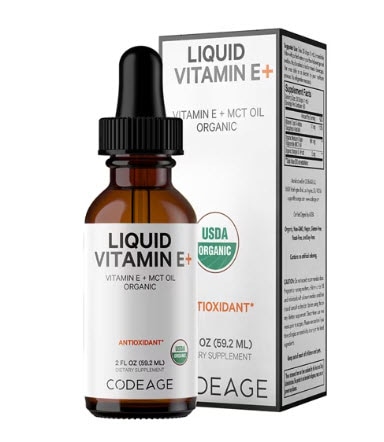If you don’t bite them or polish them, you probably don’t think that much about your nails. However, if there are changes to your nail color, shape or texture, your doctor probably takes note, and so should you.
While nails are hard and have a different texture from fingers, toes and the rest of your body’s skin, they are actually an extension of your skin. Nails are made of a tough protein called keratin, and their hard shell protects the softer skin underneath.
Changes to your nails’ color, texture and shape can indicate a health issue. In most cases, nail changes are a result of exposure to the elements, such as dry weather or too much moisture (e.g., washing dishes or soaking too long in a tub), and nothing to worry about. But in other cases, these changes can indicate health issues ranging from a vitamin deficiency to lung cancer.
Here are the most common nail changes, what they reveal about your health, and what you can or should do if you notice these issues.
Changes in nail color
Healthy nails vary in color but are usually a shade of pink on the nail bed and a sliver of white just above the cuticle. Nail color can change for a variety of reasons and to a variety of colors. In some cases, a trauma such as slamming a door on your finger can bruise your nail or the skin below it like any other part of your skin, turning it dark blue or red as the blood pools beneath it.
Yellow nails can result from something as benign as a stain from nail polish or smoking. If new nail growth remains yellow, it may mean you have an infection, a fungus or a vitamin deficiency. In some cases, yellow nails are a sign of a more serious health issue such as a thyroid condition, diabetes, or psoriasis.
White spots on your nails are common and usually not a sign of a serious health issue. Most often the spots are a result of banging your nail against a hard surface. White nails can also indicate a fungal infection or a zinc deficiency. Blue nails, on the other hand, are more concerning. They can mean low oxygen levels, poor blood circulation or heart problems.
Treatment options: Tea tree oil and vitamin E can help resolve infections. A multivitamin and a break from nail polish or products can also help get your nails back into shape. However, if your nails don’t return to a healthy pink hue, consult with a health professional.
Changes in nail texture
Most people have smooth nail texture or a few ridges, especially as they age. If you notice your nails are softer or thinner, it usually means you’ve exposed them to chemicals such as nail polish remover, cleaning products or detergents, or you’ve been soaking them in water too long while doing dishes.
Excessive moisture can also lead to dry brittle nails. However, brittle nails can also be a sign of thyroid disease or iron deficiency. While vertical ridges in your nails are common as you age, horizontal ridges indicate Beau’s disease. This condition is a common sign of a vitamin deficiency or a more serious illness such as diabetes or kidney disease.
Treatment options: For starters, wear gloves while doing dishes. Again, a multivitamin or iron supplement can help if you know you have a deficiency. Buffing minor ridges can smooth things out. However, if you don’t see an improvement or notice deep horizontal ridges, visit your doctor for diagnosis and treatment recommendations.
Changes in nail shape
Some women like their nails filed to a flat box shape, while others prefer a more natural oval or round shape. Regardless of your preferred or naturally shaped nail tips, the beds of your nails should lay flat against your skin, with a slight curve. A noticeable deviation from a healthy nail shape can mean a problematic health issue.
For example, a curve or spoon-like indentation in your nails may be a sign of a vitamin deficiency, thyroid condition or diabetes. And thick, curved nails can be more than unsightly. This nail shape, commonly called “ram’s horns,” usually occurs as people age and indicates psoriasis. Don’t try to trim “ram’s horns” by yourself. See a health professional to do it properly.
If the curve in your nails grows significantly so that they look like they are floating above the skin, you may have “clubbed” nails. In addition to the clubbed shape, your fingertips may expand and swell. Clubbed nails indicate extremely low blood oxygen levels and are most commonly associated with lung cancer. It can also be an indication of other serious health conditions such as diabetes, heart disease, or liver disease.
Treatment options: If you notice a change in the shape of your nails, especially clubbed fingernails, you should see a health professional as soon as possible to determine the cause and proper treatment.
How to care for your nails
As with other parts of your body, healthy nails reflect healthy habits. The American Academy of Dermatology recommends the following tips to keep your nails healthy and strong.
- Keep your nails clean and dry to prevent bacteria from getting under your nail beds
- Trim your fingers and toe nails regularly
- Do not bite or chew your nails or cuticles
- Don’t use your nails as a tool to, for example, pry open a pop top on a can ofsoda
- Moisturize your hands and nails regularly
- Wear rubber gloves when washing dishes
- See a specialist if you have an ingrown toenail
- Wear shower shoes or flip-flips in public showers and around public pools
If you’re concerned about changes to your nails, don’t wait or cover them up with polish. Make an appointment with your doctor to find out the cause of the change and get treatment recommendations.




